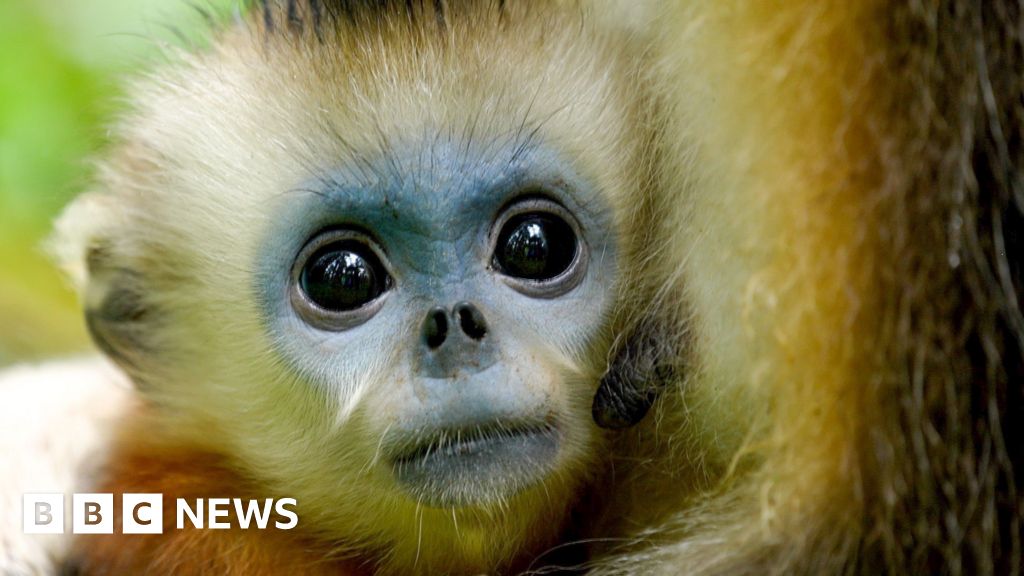Federal wildlife officials have put forth a proposal suggesting that monarch butterflies be classified as a threatened species. This striking orange and black insect, known for its remarkable migration across the United States each year, has been experiencing a significant decline in its population. If approved, the designation would make them the most commonly seen species to receive federal protection, yet the proposal involves navigating political and conservation complexities.
The challenge for officials lies in finding the right balance of restrictions to implement. If the regulations are too lenient, they risk being ineffective, offering merely a symbolic gesture without genuinely aiding the species’ survival. Conversely, imposing strict regulations may provoke a political backlash and deter individuals from engaging in habitat conservation efforts on their properties due to potential liabilities linked to protected species presence.
"There aren’t that many species where everyday people in their backyard can do something to help an endangered species," noted Jake Li, who spearheads endangered species initiatives at the U.S. Fish and Wildlife Service. He emphasized the unique role that individuals can play in aiding the monarch population and why proactive incentives are essential for conservation.
The fate of this initiative depends largely on the federal administration's stance on biodiversity regulations. During previous administrations, including that of Donald J. Trump, while officials recognized the need for protection based on criteria established in the Endangered Species Act, the monarchs were not prioritized for listing due to the urgency presented by other species.
As the new administration prepares to take the lead, the conversation around the protection of monarch butterflies is expected to intensify, highlighting important debates on wildlife conservation strategies, political implications, and the role of citizen involvement in protecting endangered species.





















